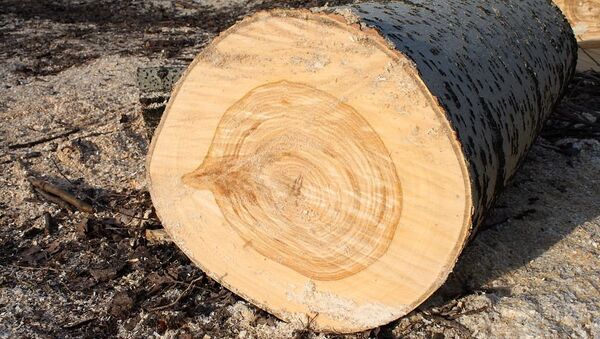The findings were published in Dendrochronologia journal.
To read this information, scientists have traditionally used high-resolution images that are impossible to obtain without high-quality micro-section preparations. They chemically processed the wood and sectioned it with a special tool called the microtome. This method causes serious damage to the cell walls and significantly complicates further analysis.
"We are offering an alternative to microtomy," said Alberto Arzak, a senior research associate at Siberian Federal University's Ecosystem Biogeochemistry Laboratory. "By applying methods of dendrochronology and pathologic anatomy traditionally used with hard tissue, we can obtain high-quality micro-section preparations without a microtome."
"This developed method reflects new opportunities in tree-ring anatomy analysis," said Yelena Babuskina, Director of the Khakas Technical Institute (SFU branch in Abakan, Russia). "Embedding wood preparations in resin allows us to measure the wood parameters more precisely, while the absence of preliminary chemical processing allows studying preparations in their original condition."
Experts believe the new approach will significantly promote the technological research of wood as an important construction and composite material. It makes thin (less than 100 μm thick) and polished, coloured or uncoloured samples available for examination with the help of a wide range of optical methods.



